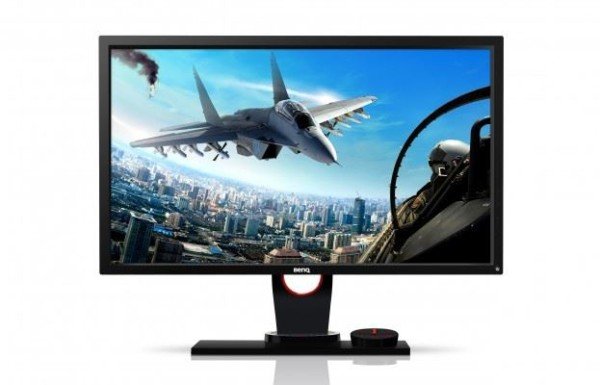PC gaming is the highest pinnacle any gamer can reach in today’s world. While that topic is talked about a lot, not much is being said about the computer monitors games are played on and some of the technology they support. We’re specifically talking about G-Sync and FreeSync.
G-Sync vs FreeSync
You might be wondering what is G-Sync and FreeSync. Well, those technologies are exactly what we will talk about today. Every gamer needs to know these things when they go shopping for the latest computer monitor because it means a lot when it comes down to ripping the other team to shreds in an important Call of Duty match.
What is G-Sync or FreeSync?
Both technologies are designed to be used with monitors that support variable rather than fixed refresh rates. They do the same thing, for the most part; the only difference is that G-Sync comes from NVIDIA, and FreeSync comes from AMD.
Conventionally, PC monitors come with a 60Hz refresh rate, and it was always up to the graphic card to keep up. Due to this problem, screen tearing was a common problem, but with the new age of monitors and the technology inside them, we’ve begun to see less screen tearing as time goes by. Now, V-Sync was the technology used to combat this problem, but as we all should know, V-Sync cause for delays and noticeable input lags.
We wouldn’t advise gamers to turn on V-Sync at all, but to each his own.
Which is better, G-Sync or FreeSync?
The first real solution to the screen tearing problem came from NVIDIA’s G-Sync. To get it up and working, users needed a supported NVIDIA graphic card and a computer monitor supporting G-Sync. We should point out that the technology is proprietary to Nvidia.
When it comes to AMD’s FreeSync, it is not exclusive to the company because it is based on the royalty-free technology DisplayPort Adaptive-Sync. Displays that support FreeSync instead of G-Sync are a little bit cheaper, but not by a staggering amount.
From what we have seen, it appears that G-Sync is the best technology. Some gamers have complained about ghosting when using a FreeSync monitor coupled with an AMD graphic card. These complaints are not widespread, but they are larger in number than G-Sync’s.
Overall, both technologies are good for what they can deliver to gamers. So far, we’ve seen many gaming monitors with G-Sync installed, and the same can be said for FreeSync. We should also point out that AMD claims more monitors use FreeSync than the competition.
Read: How to enable G-Sync on Windows FreeSync Monitor.
